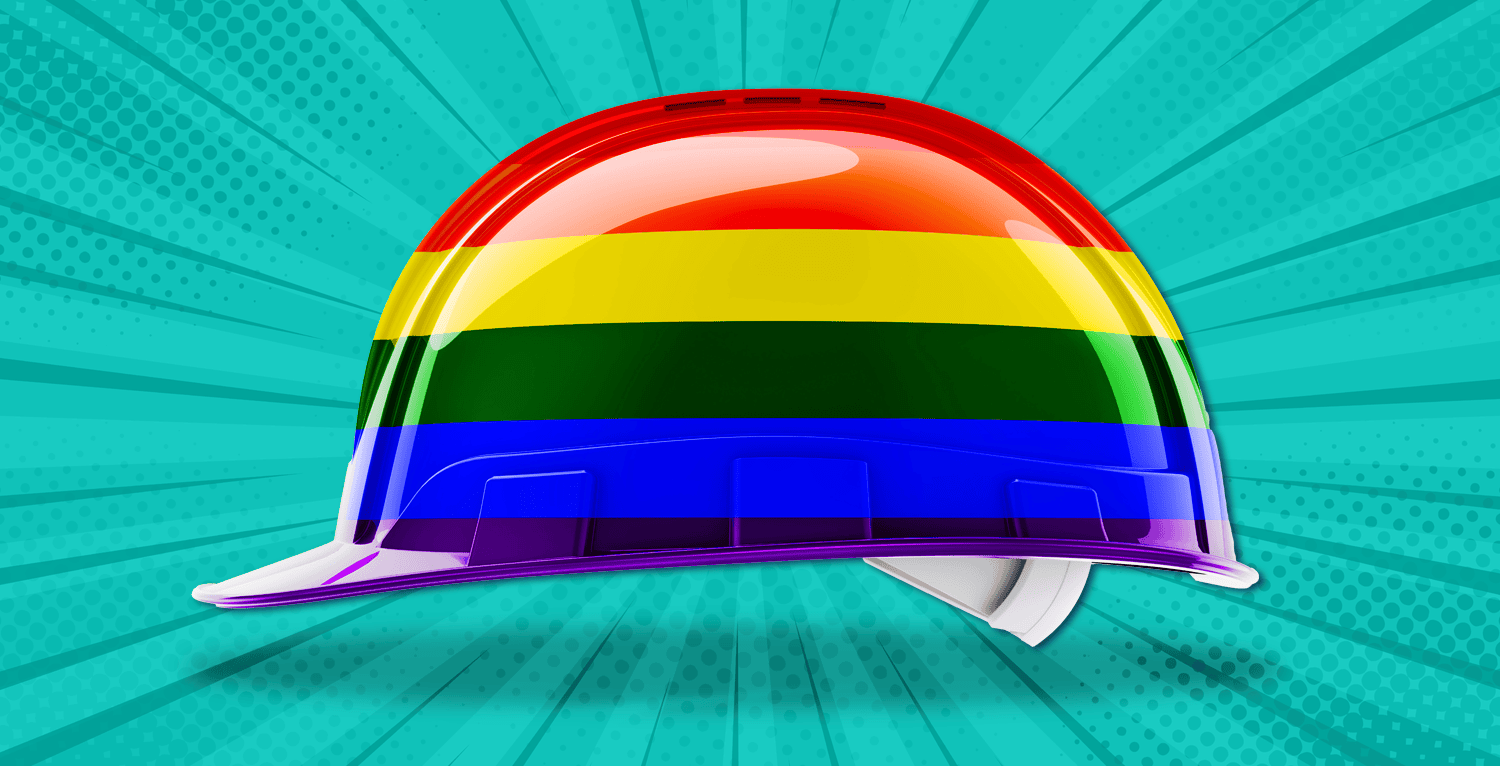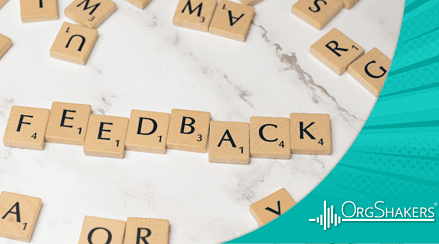Menu

LGBTQ+ Inclusion in the Workplace: A Journey Through Time
The landscape of workplace inclusion has undergone significant transformation over the past few decades, particularly concerning LGBTQ+ rights. Many modern workplaces are now actively seeking to make their cultures inclusive to the needs of LGBTQ+ individuals, as well as expand their horizons to the diverse perspectives of those who are a part of this community to inform how they communicate and appeal with LGBTQ+ consumers, too.
But this shift didn’t happen overnight; it took years of pride and protests for LGBTQ+ inclusion to be where it is today, and so in honor of LGBTQ+ History Month, we thought it would be only right to chronicle the journey of LGBTQ+ inclusion in the workplace:
1969 – The Stonewall Riots: often cited as the catalyst for the modern LGBTQ+ rights movement, the Stonewall Riots in New York City ignited a wave of activism that would eventually influence workplace policies worldwide.
1975 – First Corporate Non-Discrimination Policy: the city of Minneapolis became the first to pass a non-discrimination ordinance protecting LGBTQ+ individuals. Around the same time, companies like AT&T began including sexual orientation in their non-discrimination policies.
1993 – The Rise of Employee Resource Groups (ERGs): IBM pioneered the establishment of LGBTQ+ employee resource groups, creating safe spaces for employees and influencing other corporations to follow suit.
1998 – Executive Order 13087: signed by President Bill Clinton, this order prohibited discrimination based on sexual orientation in the federal civilian workforce, setting a precedent for private sector policies.
2000s – Expanding Benefits: companies began offering domestic partner benefits, with leaders like Microsoft and Disney setting the standard for equitable healthcare coverage and family leave policies for LGBTQ+ employees.
2015 – Marriage Equality: the US Supreme Court’s decision in Obergefell v. Hodges legalized same-sex marriage nationwide, prompting businesses to reassess benefits, parental leave, and spousal support policies.
2020 – Bostock v. Clayton County: this landmark Supreme Court ruling affirmed that Title VII of the Civil Rights Act protects employees against discrimination based on sexual orientation and gender identity, reinforcing the legal framework for workplace inclusion.
However, whilst significant progress has been made when it comes to the inclusion of LGBTQ+ people in the workplace, the journey towards full inclusion is still very much ongoing. In fact, recent research suggests that 39% of LGBTQ+ employees still feel the need to hide the fact that they are a part of this community at work, and more than 1 in 4 LGBTQ+ people experience negative comments or conduct from customers or clients because of their identity. This is why it’s so important for employers to not just be reflecting on how far society has come this LGBTQ+ History Month, but also thinking about what the next steps are that they need to be taking to ensure that members of this marginalized community continue to feel valued and included (and ensuring this is achieved in a way that doesn’t fall into the trap of ‘pinkwashing’).
If you would like to discuss how we can help you find a harmonious balance when it comes to building on your LGBTQ+ inclusion strategies and wider inclusion intiatives, please get in touch with us today.



